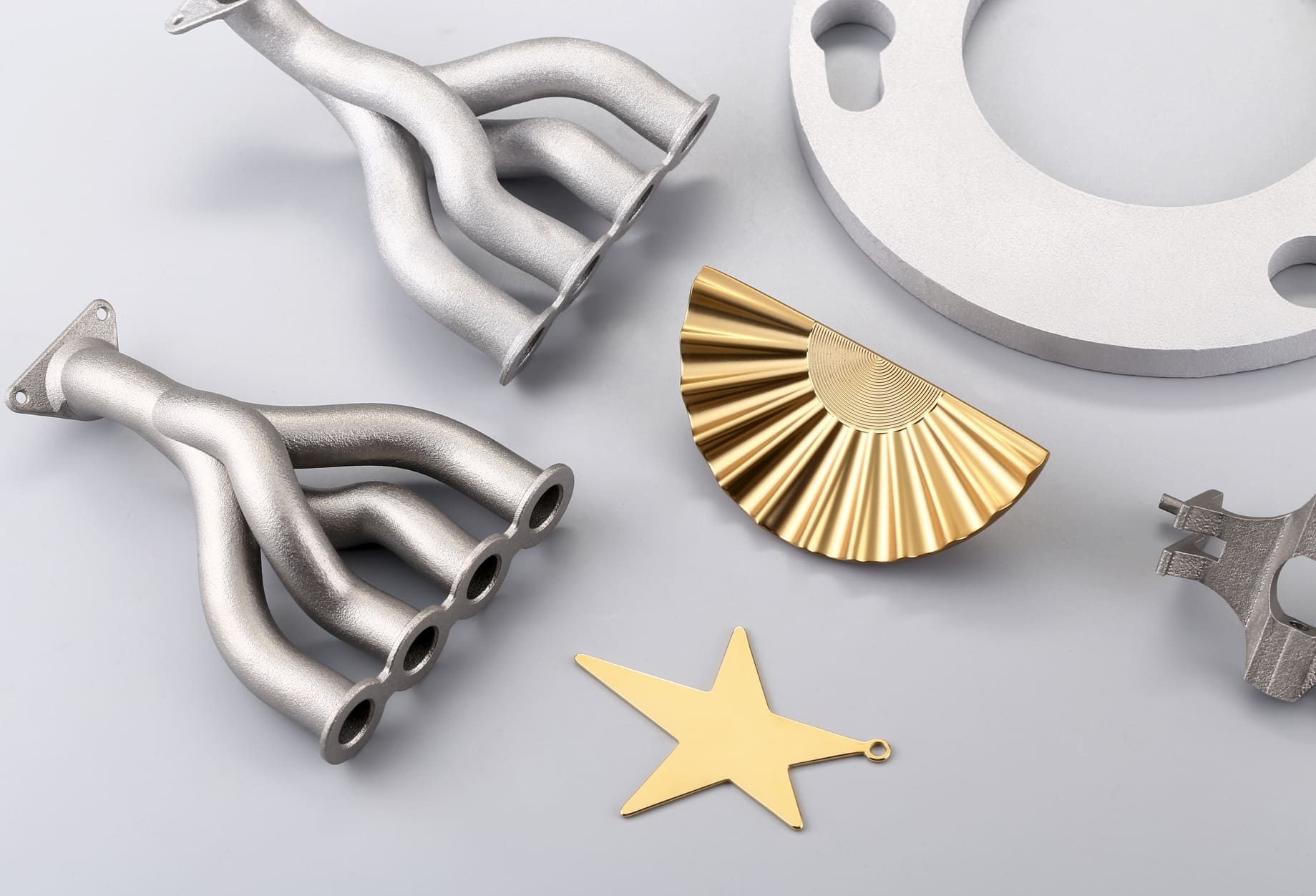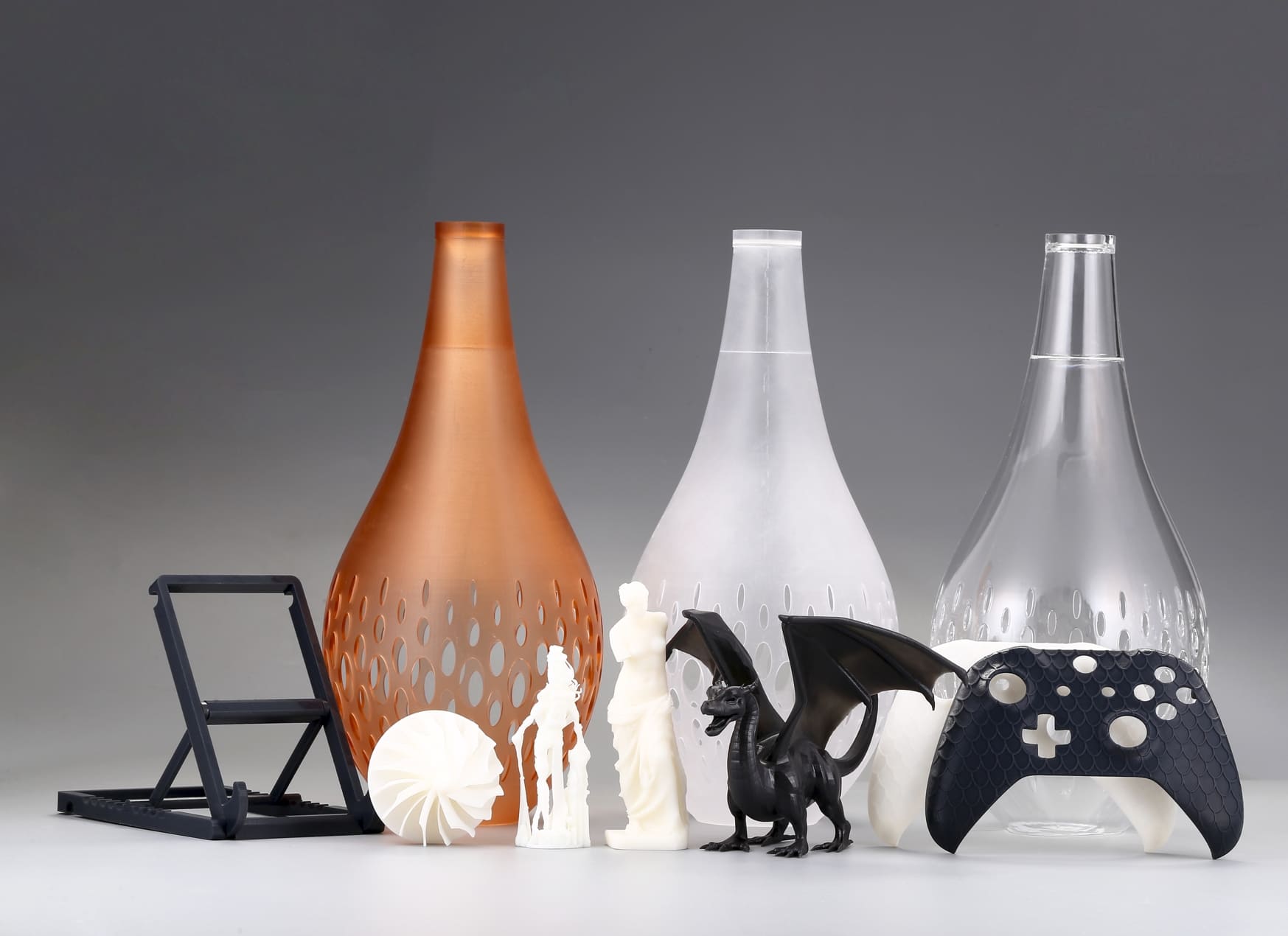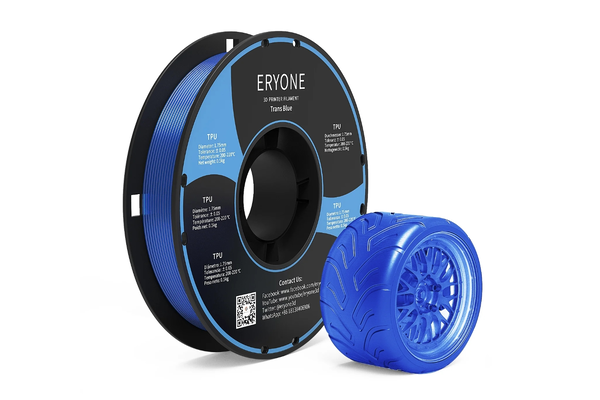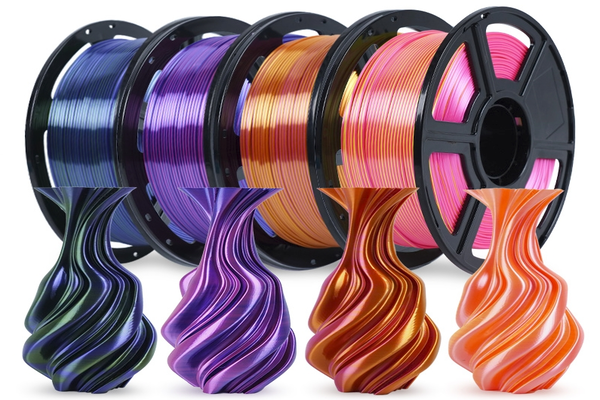When it comes to 3D printing flexible parts, choosing between Flexible PLA and TPU can be daunting. Flexible PLA blends standard PLA with softening agents to achieve moderate flexibility while retaining ease of printing. TPU (thermoplastic polyurethane), by contrast, is a true thermoplastic elastomer prized for high elongation, impact resistance, and durability. In this article, we will define each material and compare their properties, print settings and post‑processing and costs, so you can decide which filament best fits your needs.
What Is Flexible PLA?
Flexible PLA is a modified PLA filament infused with plasticizers or softening additives to introduce elasticity without straying far from PLA’s user‑friendly behavior. It typically prints at 180–230 °C with bed temperatures of 40–60 °C and speeds around 10–30 mm/s, using default PLA profiles with a slightly higher extrusion multiplier. While it doesn’t reach the extreme flexibility of TPU, Flexible PLA excels in moderate‑stress applications and absorbs less moisture, enabling reliable prints even after storage.
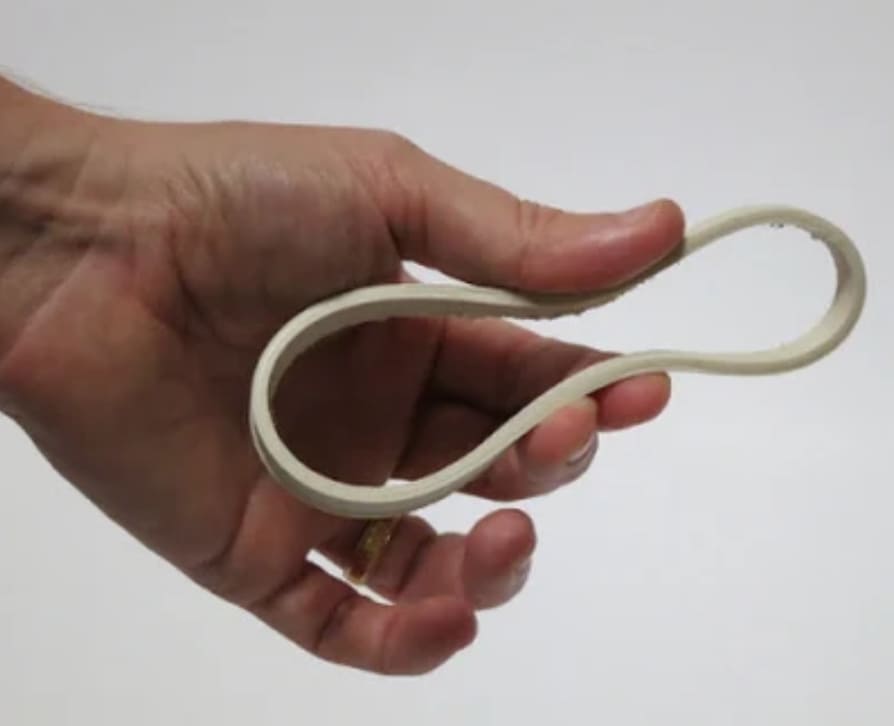
Image Source: MatterHackers
What Is TPU?
TPU is a thermoplastic polyurethane belonging to the thermoplastic elastomer (TPE) family—a rubber‑plastic hybrid that bridges the gap between rubber and plastics. It boasts elongation at break up to 600 % and tensile strength around 25–50 MPa, making it ideal for parts that undergo frequent flexing or impact. TPU typically prints at higher nozzle temperatures (220–250 °C), slower speeds (15–30 mm/s), and often benefits from direct‑drive extruders to handle its softness.
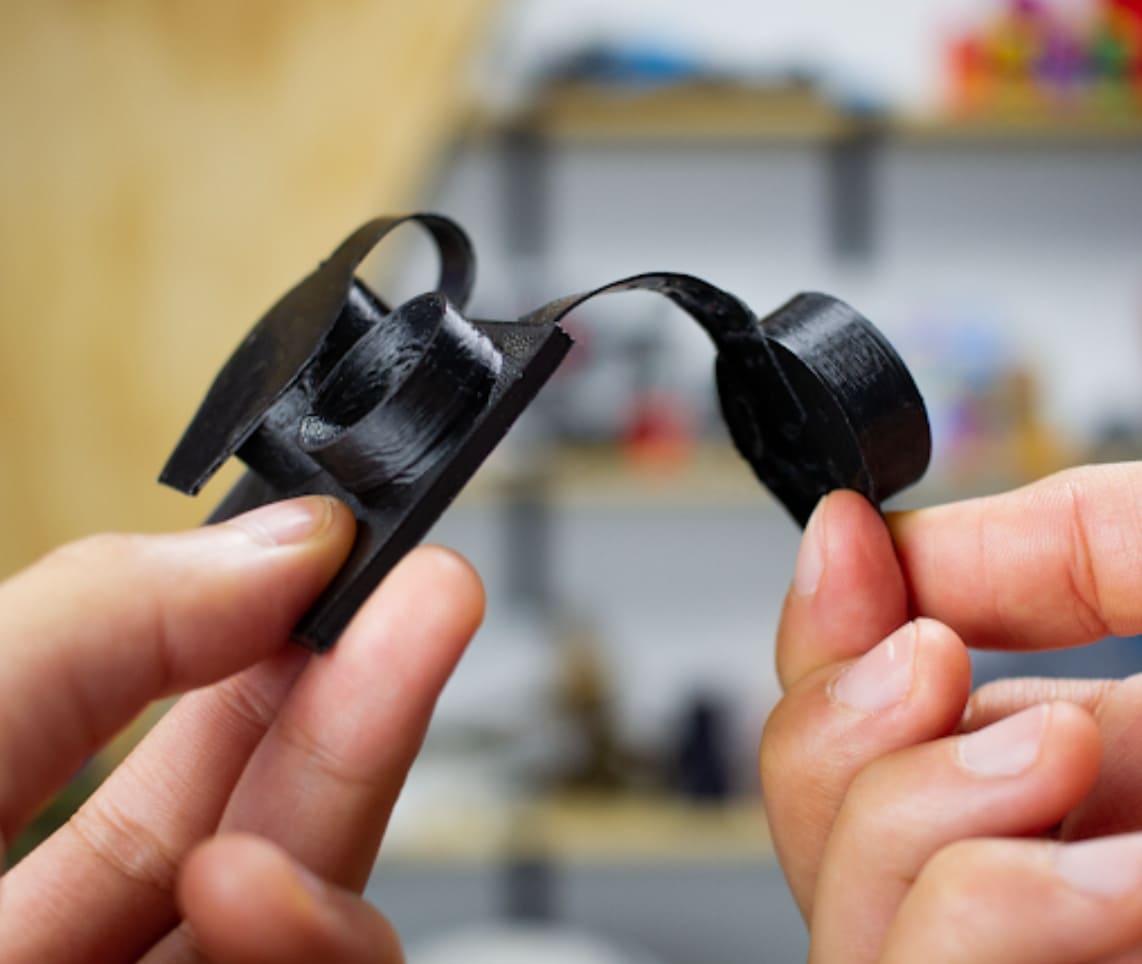
Image Source: MatterHackers
The Thermoplastic Elastomer Family
Thermoplastic elastomers (TPEs) represent a versatile family of polymers that combine the advantageous properties of both thermoplastics and elastomers. This unique fusion yields materials that can be processed with conventional 3D printing equipment while offering flexibility and rubber-like elasticity.
Within this family, TPU (thermoplastic polyurethane) is a benchmark material known for its remarkable durability, high elongation at break, and excellent resistance to repeated stress. Its performance in applications requiring continuous bending, stretching, or impact absorption sets it apart as a true elastomer.
Conversely, flexible PLA is a modified derivative of standard PLA that has been engineered to exhibit increased pliability. Rather than reaching the fully elastic behavior of TPU, flexible PLA provides a balanced combination of rigidity and moderate flexibility, making it ideal for prototypes, decorative prints, or components that face minor flexing.
Additionally, variations within the TPE spectrum allow manufacturers to tailor material properties by adjusting the chemical composition and production methods, resulting in a range of discrete options suited for specific applications.
This diverse range of thermoplastic elastomers empowers designers and hobbyists to select the optimal filament based on desired print quality, mechanical performance, and end-use functionality. Ultimately, these choices depend on your unique project demands in practice.
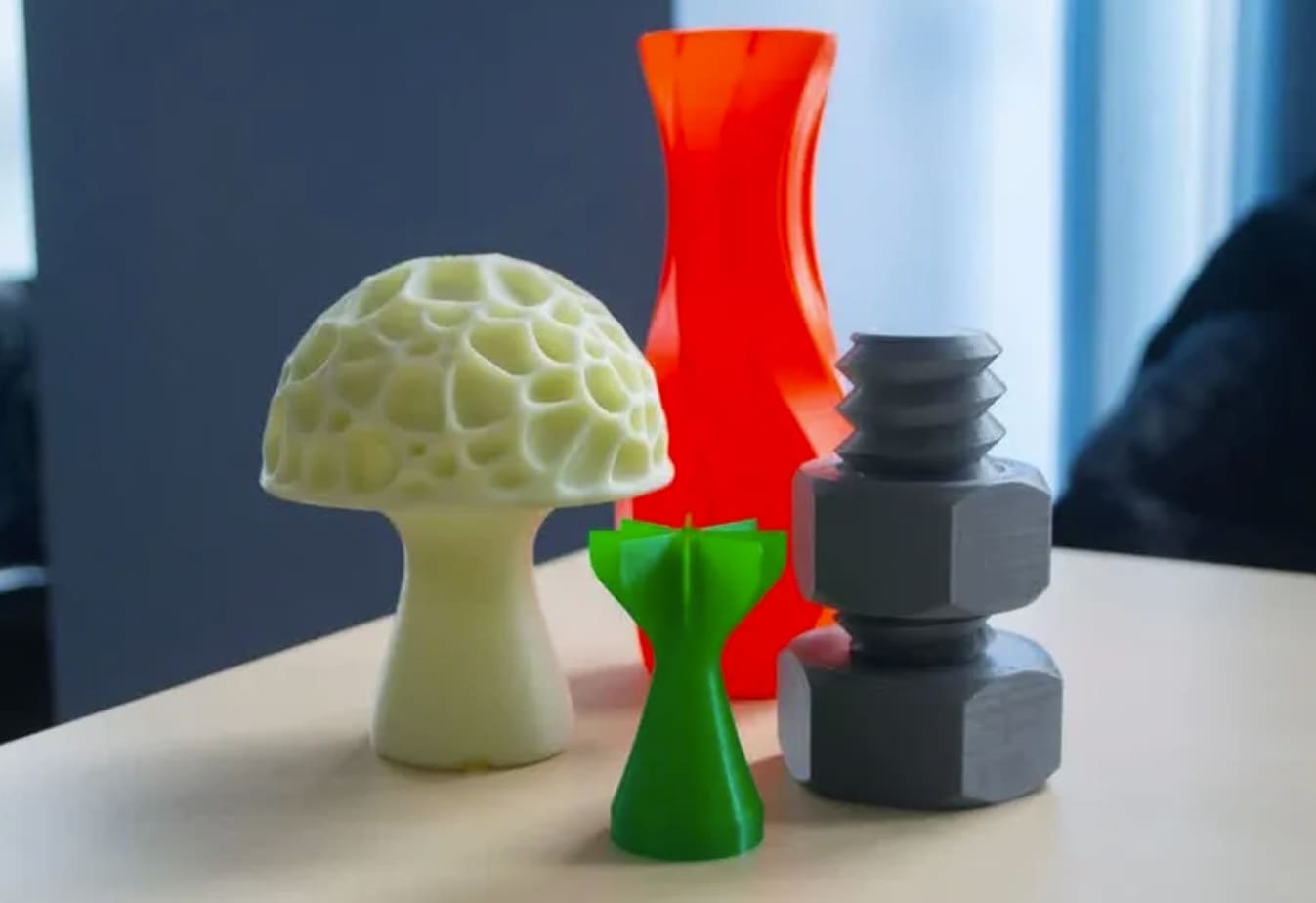
Image Source: Wevolver
Mechanical Properties
|
Property |
Flexible PLA |
TPU |
|
Flexibility |
Moderate (92A–95A) |
High (85A–95A) |
|
Tensile Strength |
30–50 MPa |
30–60 MPa |
|
Elongation |
10–50% |
300–600% |
|
Durability |
Low (degrades faster) |
High (wear-resistant) |
** TPU outperforms Flexible PLA in elasticity and durability but is harder to print.
Printability and Settings
|
Parameter |
Flexible PLA |
TPU |
|
Nozzle Temperature |
190–220°C |
220–250°C |
|
Bed Temperature |
40–60°C |
50–70°C |
|
Print Speed |
40–60 mm/s |
15–30 mm/s |
|
Retraction |
Minimal retraction |
Disable or very low |
|
Additional Tips |
Works with most extruders; minimal tweaking needed |
Requires direct-drive extruder; ensure filament path is friction-free |
Post Processing and Finishing
• Sanding / Painting: Flexible PLA sands easier; TPU’s rubbery texture resists paint adhesion.
• Chemical Smoothing: TPU can be smoothed with ethyl acetate, while Flexible PLA may warp.
Cost and Availability
Flexible PLA averages $25–30 per kg, making it a cost‑effective choice for prototypes and hobby parts. TPU ranges $30–40 per kg, with specialty grades (food‑safe, high‑hardness) commanding $40–60 per kg. Both are readily available from major suppliers like MatterHackers, Hatchbox, Sunlu, and NinjaTek.












